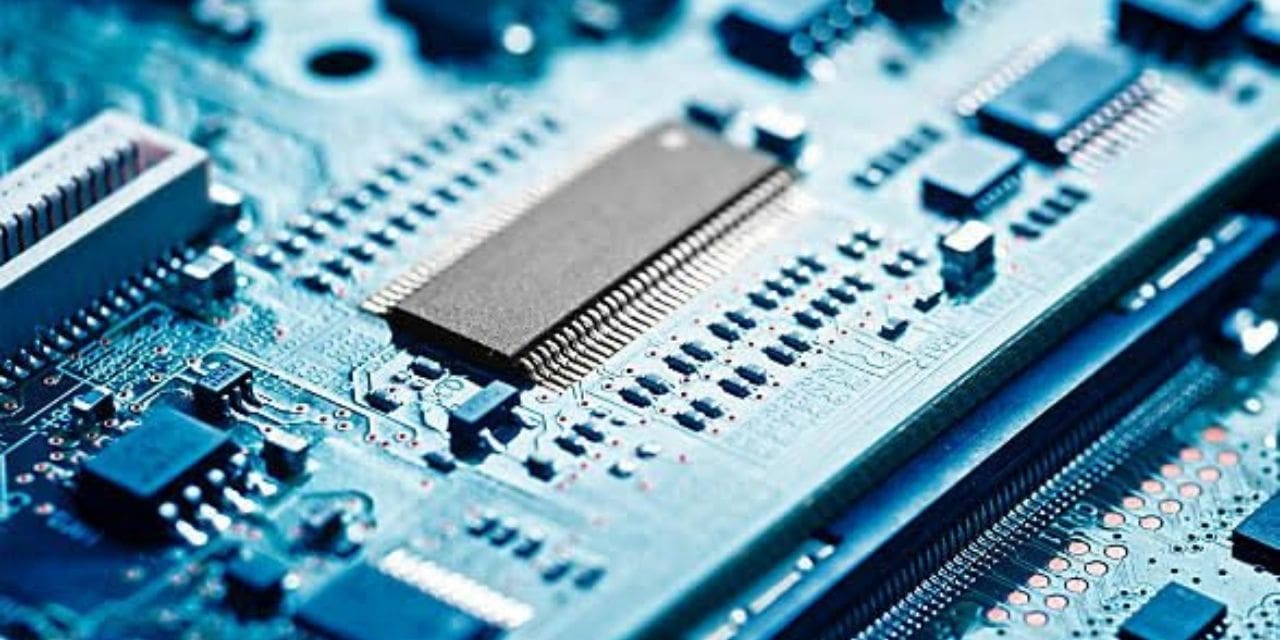The Power Management Integrated Circuit (PMIC) Market is undergoing rapid evolution, powered by the increasing demand for power efficiency and optimization across various industries, including consumer electronics, automotive, telecommunications, and industrial sectors. As energy demands continue to escalate in tandem with advancements in technology, PMICs have emerged as essential components that provide efficient power regulation, distribution, and management in electronic devices. Forecasts predict a robust growth trajectory for the PMIC market, with global demand expected to significantly expand by 2031 due to a confluence of technological advancements, regulatory pressures, and increased investments in renewable energy.
Key Drivers of the PMIC Market
- Growing Demand for Energy Efficiency in Electronics
As the world becomes more energy-conscious, industries and consumers alike are seeking devices that minimize power consumption without compromising performance. PMICs have become instrumental in enhancing the energy efficiency of a wide array of devices, from smartphones and tablets to automotive systems and industrial equipment. Their ability to provide precise control over voltage regulation, energy distribution, and battery management makes them ideal for applications that demand consistent performance with minimal energy wastage. - Rising Adoption in Electric Vehicles (EVs)
The shift toward electric vehicles has created a substantial demand for PMICs, as they play a vital role in managing power distribution in EV batteries, which require efficient energy utilization for maximum performance and range. PMICs regulate and control battery charging, temperature management, and safety features essential for EV battery systems. With automotive manufacturers investing heavily in EV technologies, the automotive PMIC market is expected to see a steady upward trajectory. Moreover, as autonomous driving technology advances, additional PMICs are likely to be required for advanced driver-assistance systems (ADAS), sensors, and in-car infotainment systems, further propelling market growth. - Expansion of 5G and IoT Infrastructure
The proliferation of 5G networks and Internet of Things (IoT) devices has accelerated demand for PMICs that support complex, high-performance network equipment and battery-dependent IoT devices. These devices require power management solutions to operate reliably and efficiently, particularly as they become more integrated into various applications such as smart homes, industrial automation, and telecommunication networks. PMICs enable lower power consumption and optimized battery life in IoT devices, which is critical in remote applications and devices that operate in energy-constrained environments. - Advances in Semiconductor Technologies
The continuous evolution of semiconductor technology has enabled the development of advanced PMICs that provide enhanced functionality in a smaller footprint. Semiconductor manufacturers are focusing on integrating multiple functions into a single PMIC, such as voltage regulation, battery management, and power conversion, which simplifies circuit design, reduces the overall component count, and lowers production costs. These improvements make PMICs more versatile and cost-effective, supporting their deployment across a wider array of applications.
Key Market Segments
The PMIC market is segmented based on product type, application, and region, with each segment expected to contribute significantly to overall growth by 2031.
- By Product Type: Key categories include voltage regulators, battery management ICs, LED lighting drivers, and motor control ICs. Voltage regulators and battery management ICs hold a substantial share, especially as the demand for portable electronic devices and electric vehicles continues to grow.
- By Application: Major applications span consumer electronics, automotive, industrial, and telecommunications. The consumer electronics segment has historically dominated due to the vast array of PMIC applications in smartphones, tablets, and wearables. However, the automotive sector is emerging as a high-growth area due to the rapid adoption of electric and autonomous vehicles.
- By Region: North America, Europe, Asia Pacific, and Latin America represent key regions for PMIC market expansion. Asia Pacific is expected to lead the market due to the presence of major consumer electronics and automotive manufacturers in countries like China, Japan, and South Korea. North America and Europe are also prominent markets, driven by technological innovations and a strong focus on energy-efficient solutions.
Technological Trends Shaping the Future of PMICs
- Integration of Machine Learning for Smart Power Management
AI and machine learning are increasingly being embedded in PMIC designs to enable predictive power management. This integration allows PMICs to anticipate power demands based on user patterns and environmental conditions, optimizing energy usage across various applications. - Focus on Gallium Nitride (GaN) and Silicon Carbide (SiC) in PMICs
GaN and SiC materials are gaining traction in PMIC design due to their superior performance compared to traditional silicon-based devices. These materials offer high power density, reduced switching losses, and improved thermal conductivity, making them ideal for high-power applications like EVs, industrial motors, and fast-charging systems. - Wireless Power and Energy Harvesting
Wireless power transfer and energy harvesting technologies are set to impact the PMIC landscape, particularly in IoT applications. PMICs that can efficiently manage wireless power or energy harvested from ambient sources (e.g., solar or kinetic energy) can enable self-sustaining IoT devices, reducing the dependency on batteries and lowering maintenance costs in remote deployments. - Miniaturization and Enhanced Thermal Management
With a trend toward miniaturization, PMICs are being designed to fit into smaller spaces without compromising on power handling capacity. Enhanced thermal management solutions are being incorporated to handle the higher power densities, allowing PMICs to operate efficiently even in compact and thermally constrained environments.
Challenges and Opportunities
The PMIC market faces challenges such as complex design requirements and the need for compliance with diverse regulatory standards across different regions and applications. Additionally, supply chain disruptions, especially in the semiconductor industry, pose risks to production continuity and cost management. However, these challenges present opportunities for innovation in PMIC designs that are more resilient and adaptable to varying operational conditions.
Moreover, as renewable energy adoption increases globally, PMICs tailored for solar and wind power applications are expected to rise in demand, creating new growth avenues. Collaborations among semiconductor companies, device manufacturers, and energy providers are likely to accelerate innovations in PMICs for green energy applications.

